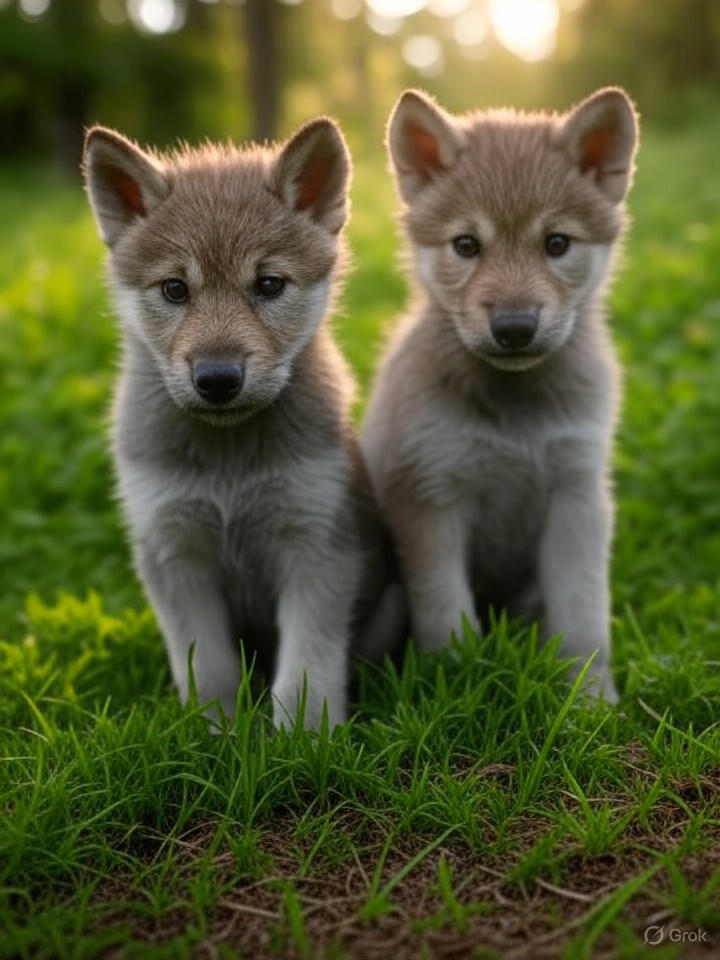In the high-stakes world of biotechnology, few endeavors have sparked as much controversy as Colossal Biosciences’ claim to have “de-extincted” the dire wolf, an Ice Age predator that vanished around 13,000 years ago. The Dallas-based company, founded by tech entrepreneurs Ben Lamm and Harvard geneticist George Church, announced in early 2025 that it had genetically engineered gray wolf pups incorporating dire wolf traits, naming them Romulus, Remus, and later Khaleesi. This move, part of Colossal’s broader mission to revive extinct species like the woolly mammoth and thylacine, has ignited a fierce debate among scientists, ethicists, and conservationists about what constitutes true de-extinction and whether such pursuits distract from pressing biodiversity crises.
Colossal’s approach involves editing the genomes of living gray wolves to mimic sequences from ancient dire wolf DNA extracted from fossils. Using CRISPR technology, the company targeted about 20 genes associated with traits like larger size, stronger jaws, and enhanced hunting behaviors. According to a report in Scientific American, these edits aim to produce animals that phenotypically resemble dire wolves, even if they aren’t perfect genetic replicas. Company executives argue this “functional de-extinction” could bolster genetic diversity in endangered wolf populations and aid ecosystem restoration.
The Skeptics’ Critique
Yet, many experts dismiss these claims as overhyped marketing. Paleontologists point out that dire wolves (Aenocyon dirus) were a distinct species from modern gray wolves, with genetic divergences dating back hundreds of thousands of years. Inserting a handful of gene edits doesn’t equate to resurrection, they say. “This is essentially a gray wolf with cosmetic enhancements,” noted evolutionary biologist Beth Shapiro in an interview with The New York Times, emphasizing that without incorporating actual ancient DNA fragments, the pups lack the full genomic context of their extinct forebears.
The backlash extends to ethical concerns. Critics argue that Colossal’s billion-dollar valuation—fueled by venture capital from figures like Paris Hilton and Thomas Tull—prioritizes spectacle over science. Posts on X (formerly Twitter) from users like geneticists and conservationists highlight fears that such projects promote “false hope” for reversing extinctions, diverting funds from habitat protection. One widely shared thread questioned the ecological risks of releasing these hybrid animals, potentially disrupting native wolf packs.
Technological Feats and Limitations
Despite the skepticism, Colossal has achieved tangible milestones. In April 2025, the company released footage of the pups exhibiting behaviors like early howling and leaf-hunting, which executives claim align with dire wolf adaptations for pack hunting in prehistoric environments. A piece in TIME detailed how these traits emerged unusually early, suggesting the gene edits are influencing development. Moreover, Colossal has cloned endangered red wolves alongside this project, aiming to restore genetic variance in critically low populations—a practical application that even detractors acknowledge could benefit conservation.
However, scientific journals have pushed back. An article in Science described the pups as “genetically edited gray wolves” rather than true dire wolves, drawing on analyses showing that the edits represent only a fraction of the genomic differences. Colossal’s response has been defiant; in a blog post on their site, they redefined de-extinction as recreating “core phenotypes” rather than exact clones, a shift that Jerry Coyne, an evolutionary biologist, critiqued on X as “moving the goalposts” to evade scrutiny.
Broader Implications for Biotech
The debate underscores tensions in the de-extinction field, where private firms like Colossal operate with less oversight than academic labs. Funded to the tune of $225 million, the company plans to expand to species like the moa, as reported in Slate, raising questions about intellectual property in genetic engineering. Ethicists worry about unintended consequences, such as invasive hybrids altering ecosystems, a concern echoed in a University of Sydney analysis.
For industry insiders, Colossal’s saga highlights the blurred lines between innovation and hype in biotech. While the dire wolf project has captivated the public—evident in viral videos of Khaleesi meeting her brothers, shared by outlets like People—it also serves as a cautionary tale. As one X post from a conservation group put it, respecting scientific scrutiny is key, lest de-extinction become just another tech bubble. Colossal insists its work will yield tools for saving species on the brink, but the jury remains out on whether these wolves are harbingers of revival or merely clever PR.




 WebProNews is an iEntry Publication
WebProNews is an iEntry Publication